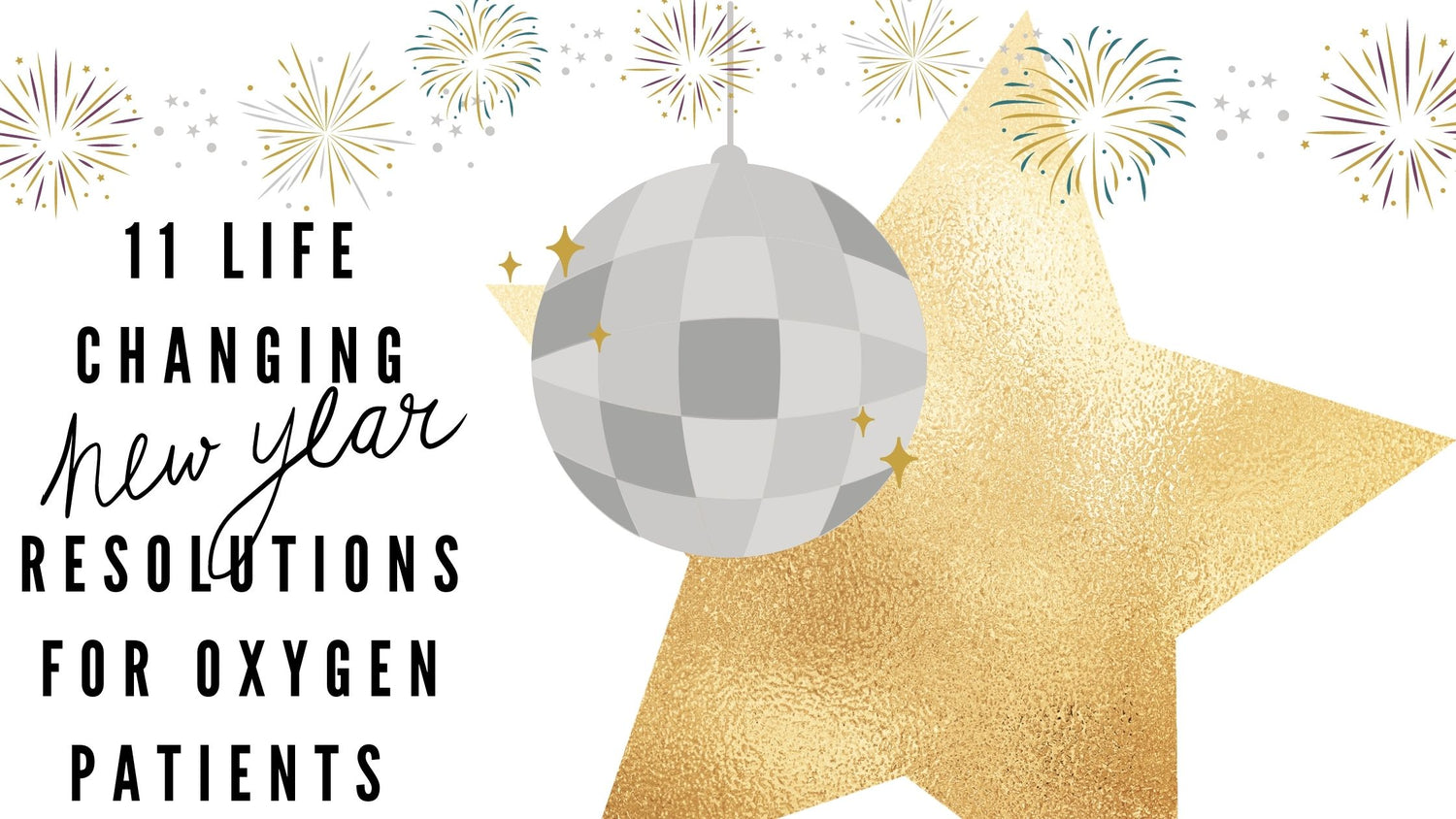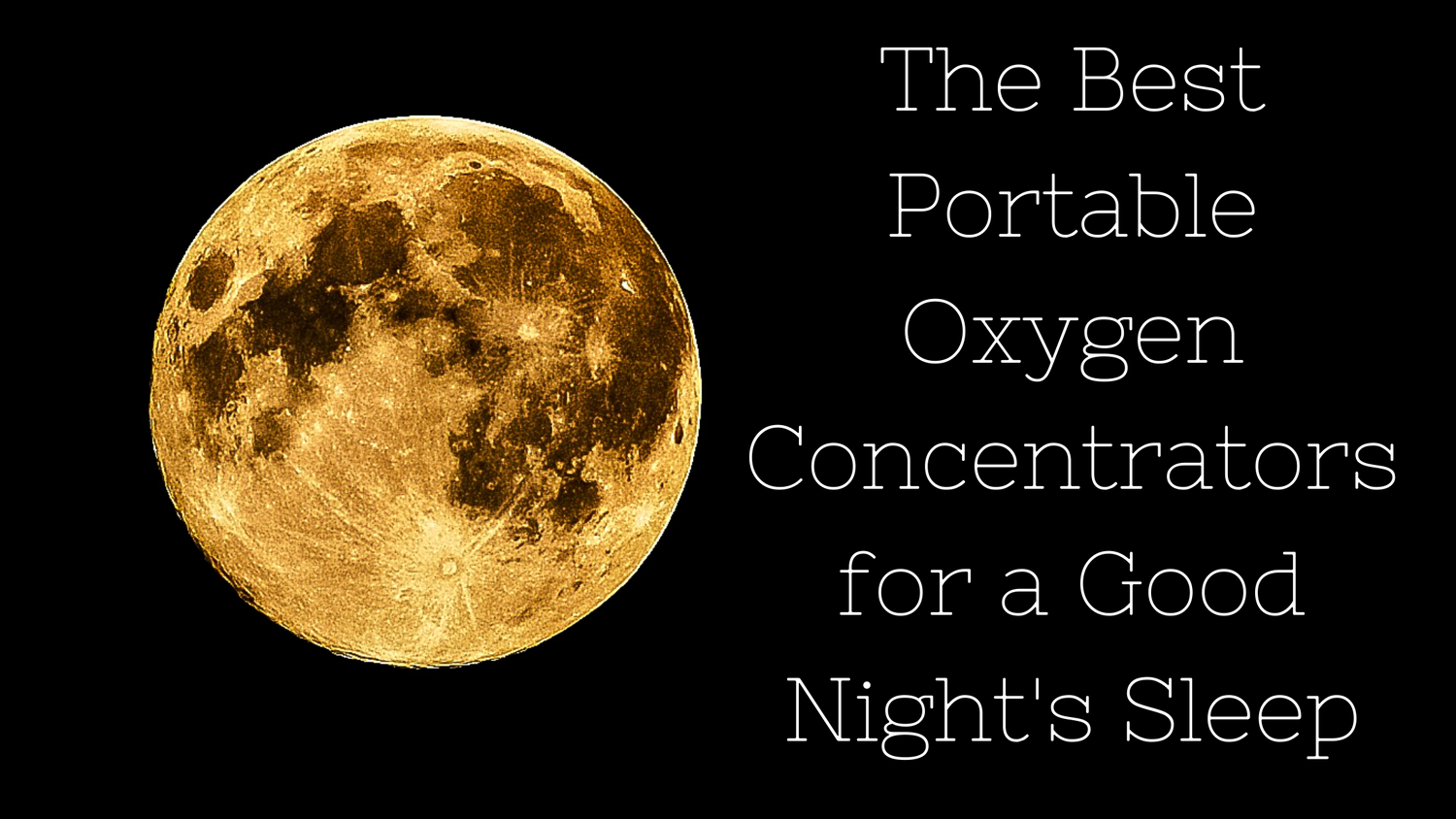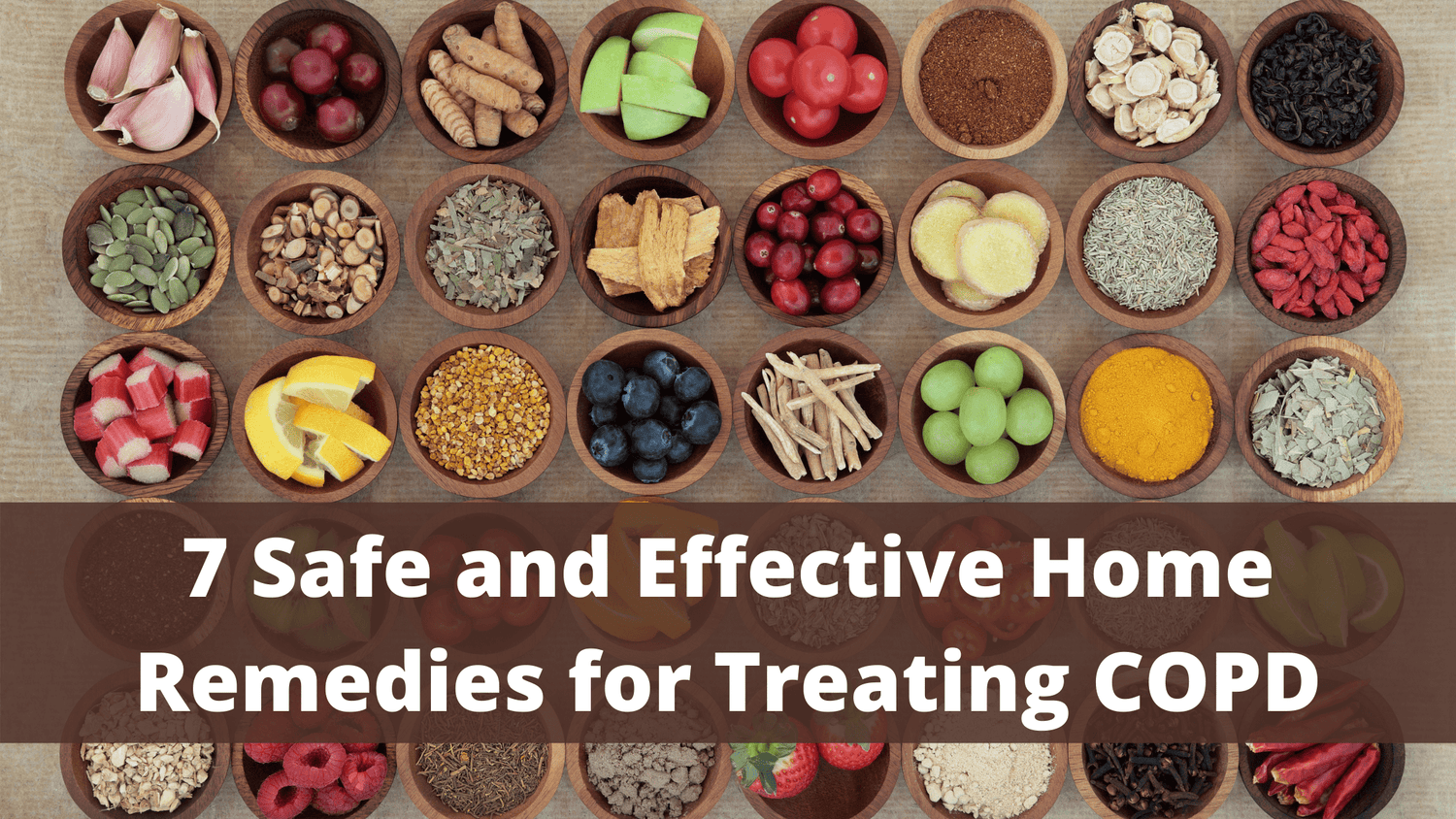Respiratory Resource Center - LPT Medical
11 Life Changing New Year Resolutions for Oxygen Patients
It is almost time to ring in the...
Read More5 of the Best Portable Oxygen Concentrators for a Good Night's Sleep
Many people with COPD or other respiratory diseases,...
Read More7 Safe and Effective Home Remedies for Treating COPD
Managing chronic obstructive pulmonary disease (COPD) can feel like...
Read More


